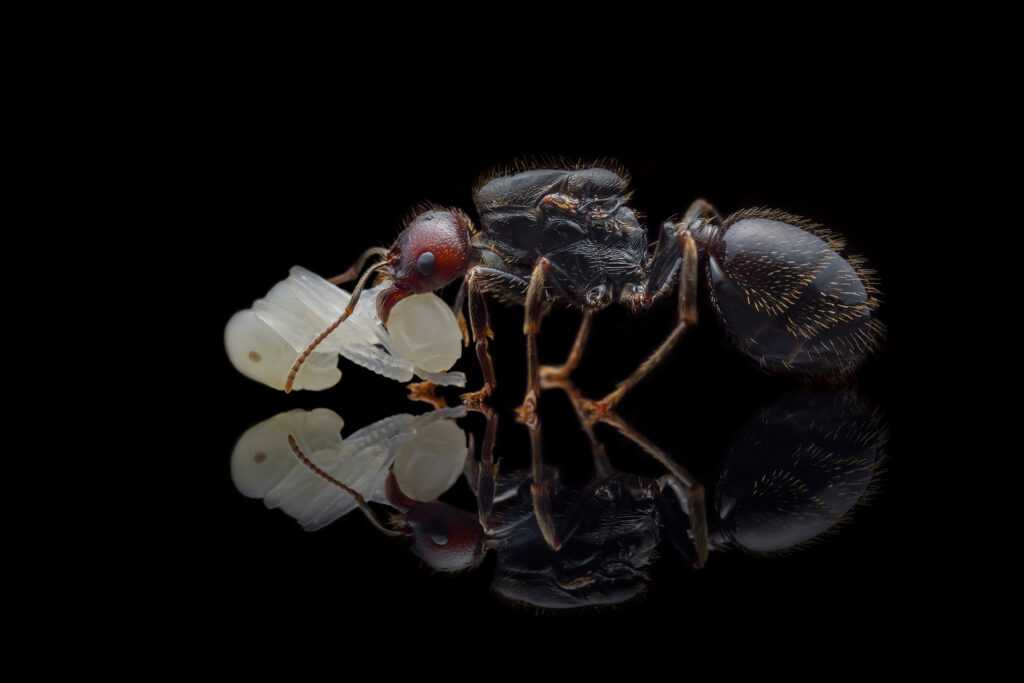Introducing Camponotus substitutus: Care and Observation of a Captivating Ant Species
The Camponotus substitutus is a captivating species of ant that is known for its impressive foraging abilities, cooperative behaviors, and unique size and coloration. In this guide, we will delve into the care and observation of these fascinating ants, providing you with the information you need to create a suitable habitat for them.
**Feeding Camponotus substitutus**
Camponotus substitutus have a diverse diet, which includes different types of insects, nectar, and honeydew. To meet their nutritional needs, it is important to offer them a varied diet. We recommend providing a combination of live insects, such as fruit flies and mealworms, as well as liquid or gel-based food sources like sugar water or ant-specific diets. This ensures that the ants receive a balanced and nutritious diet.
**Observing Camponotus substitutus**
One of the fascinating aspects of Camponotus substitutus is their unique size and coloration. These ants are quite large, with workers ranging from 6 to 16 mm in length, making them easily visible within the nest. What’s more, they come in various color variations, from black to reddish-brown, adding visual interest to their habitat. Observing these ants in their natural habitat can be a captivating experience.
**Providing a Suitable Habitat**
To enhance the habitat for Camponotus substitutus, it is important to provide them with appropriate substrates and materials. They thrive in a combination of sand, soil, and small rocks, which mimic their natural environment. Additionally, offering them pieces of wood or bark can serve as both decoration and climbing opportunities for the ants. These materials can create a visually appealing and stimulating habitat for the ants.
**Behaviors of Camponotus substitutus**
Camponotus substitutus exhibit a range of interesting behaviors that can be observed and studied in a captive setting. They are known to be diligent workers, tirelessly foraging for food and carrying it back to their nests. These ants also exhibit a hierarchical social structure, with different castes of ants having specific roles and responsibilities within the colony. Witnessing how each ant contributes to the functioning and success of the colony can be truly captivating.
**Creating a Suitable Nest**
Creating a suitable nest for Camponotus substitutus requires careful attention to detail. It is important to provide them with an appropriately sized nest, as well as maintain optimal temperature and humidity levels. This can be achieved through the use of nest boxes or formicariums specifically designed for these ants. By ensuring the ants’ habitat meets their needs, you can promote their health and well-being.
In conclusion, Camponotus substitutus are a captivating species of ants that offer unique observations and care experiences. By providing a varied diet, suitable habitat materials, and attention to their behaviors and nesting needs, you can enjoy witnessing the impressive foraging abilities and cooperative behaviors of these ants. For more information on ants and ant-keeping, visit [https://antontop.com/ants/](https://antontop.com/ants/).

















Reviews
There are no reviews yet.